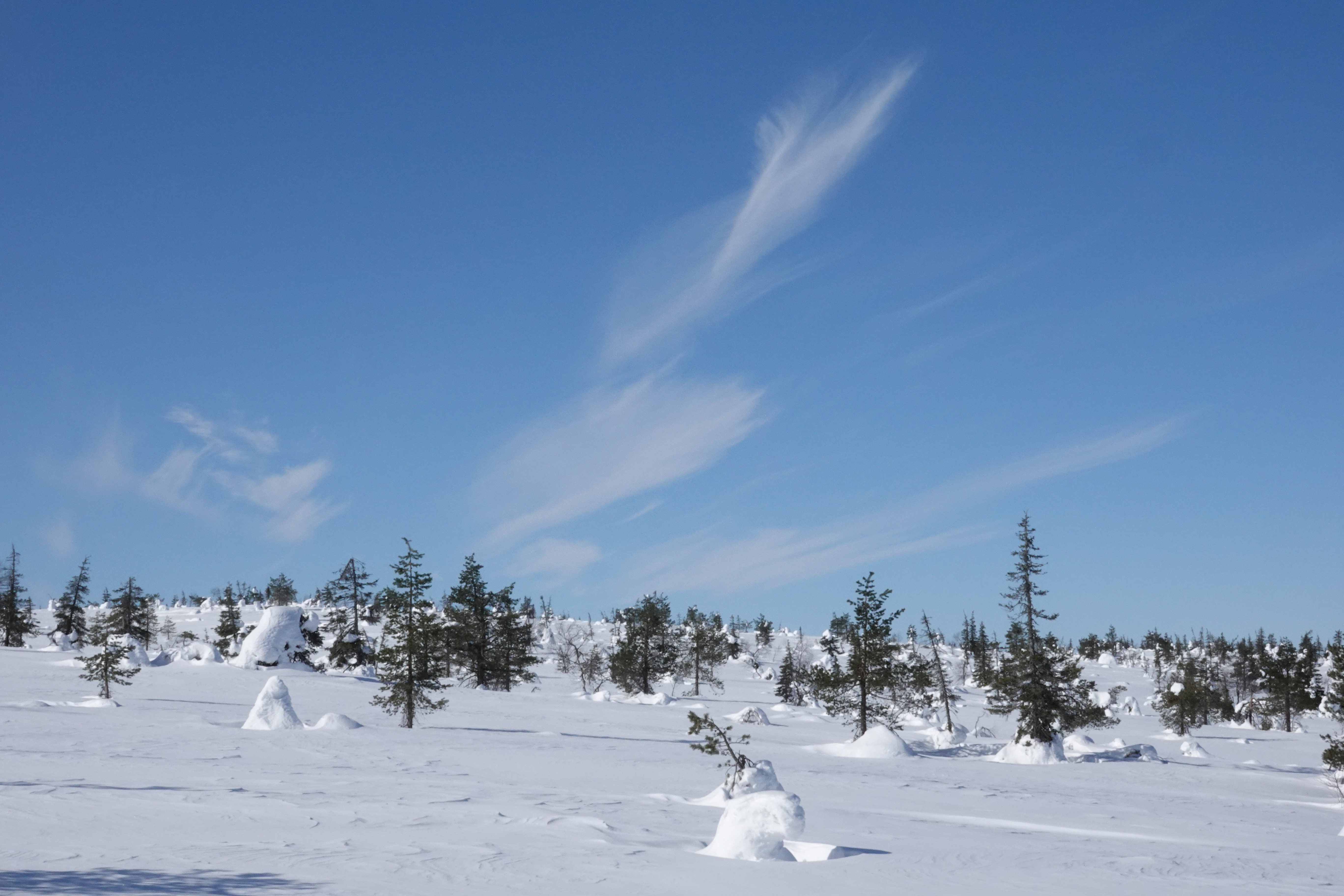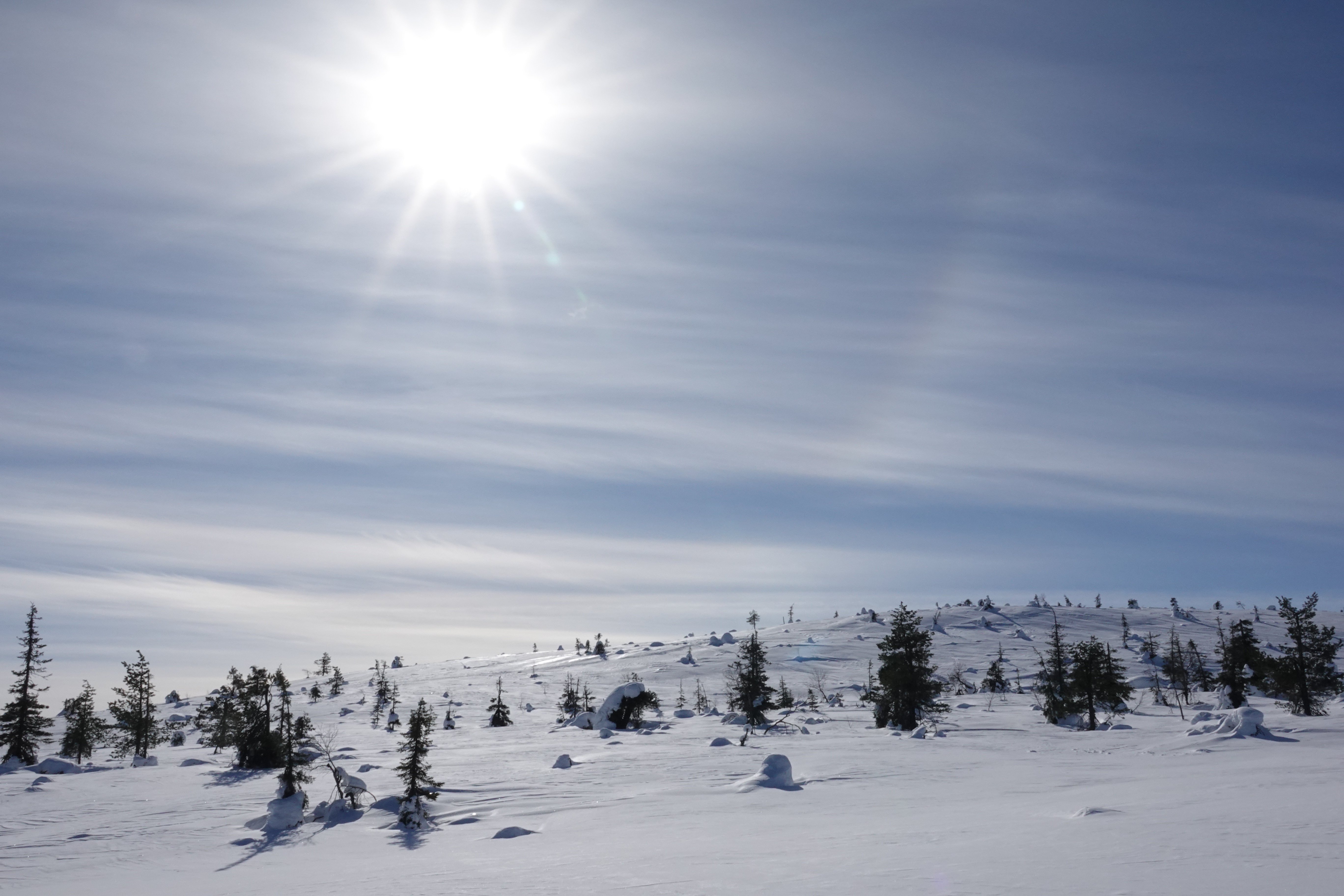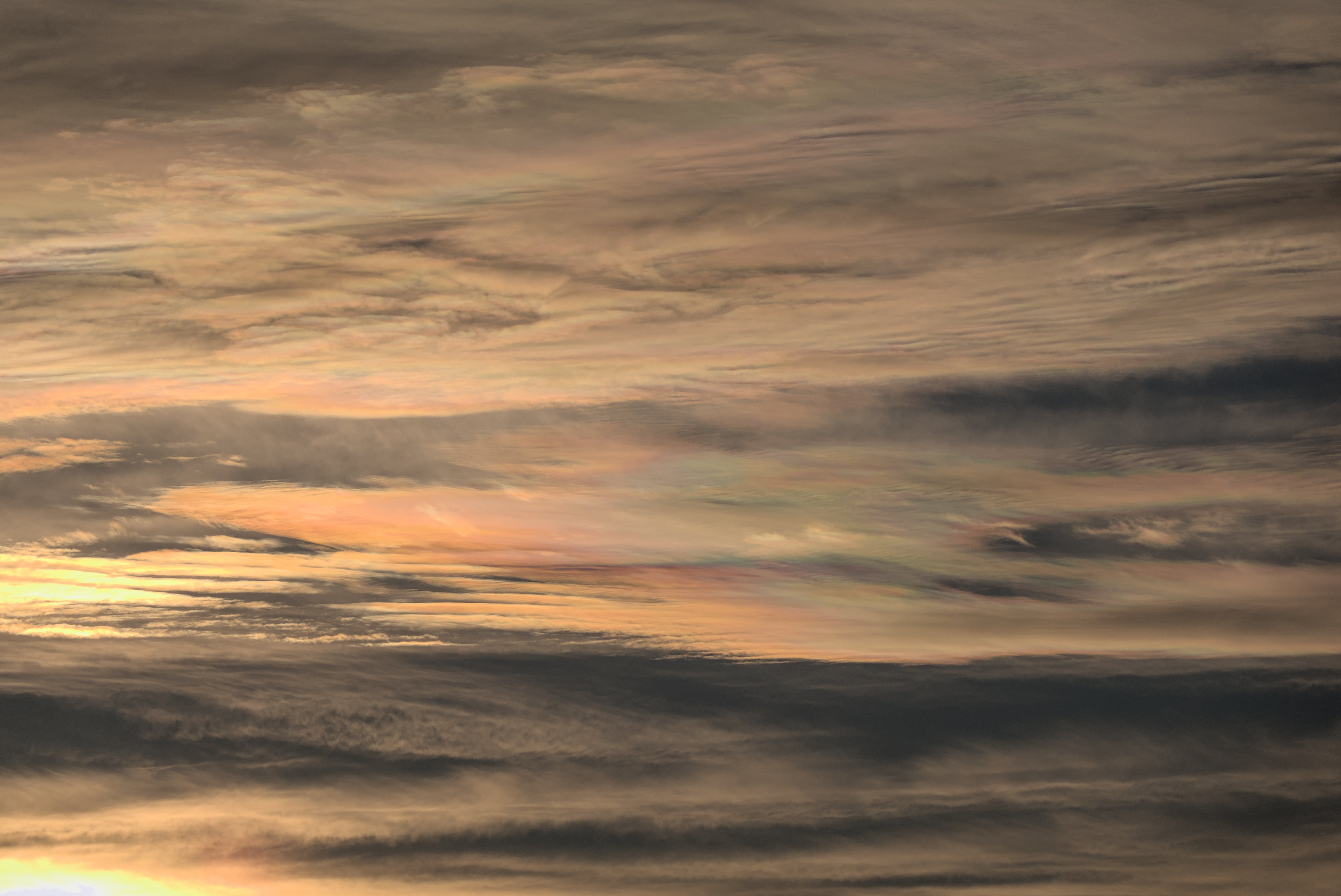Thanks!
Thanks! Yes, it is a photo. The moth was chilling on a window after sunset. The blue dots are out of focus apron lights.
They sure don't tend to do that, but there are still mundane explanations for this. An unintentional collision between the satellite and another object being one of them.
"I find it hard to believe they would use such a big satellite as an ASAT target," McDowell said.
Not because of Kessler syndrome, just your run of the mill space debris reentering the atmosphere and increasing the amounts of certain metals up there that contribute to ozone depletion. In other words, that may well happen even if we're lucky and avoid Kessler syndrome.
Thanks for notifying. Should be fixed now.
"The most important thing is the environmental benefits we can achieve by using large and modern aircraft of this type for Troll," Ms Brekke said.
"This can help to reduce total emissions and the environmental footprint in Antarctica.”
You wouldn't have needed to even read the article since OP copied this part into the post. Please, read before commenting.












Thanks! Time really is the most important ingredient. Look at enough sunsets and sunrises with an adequate camera on hand, and every now and then a great scene will come up. After that it's just point and shoot.